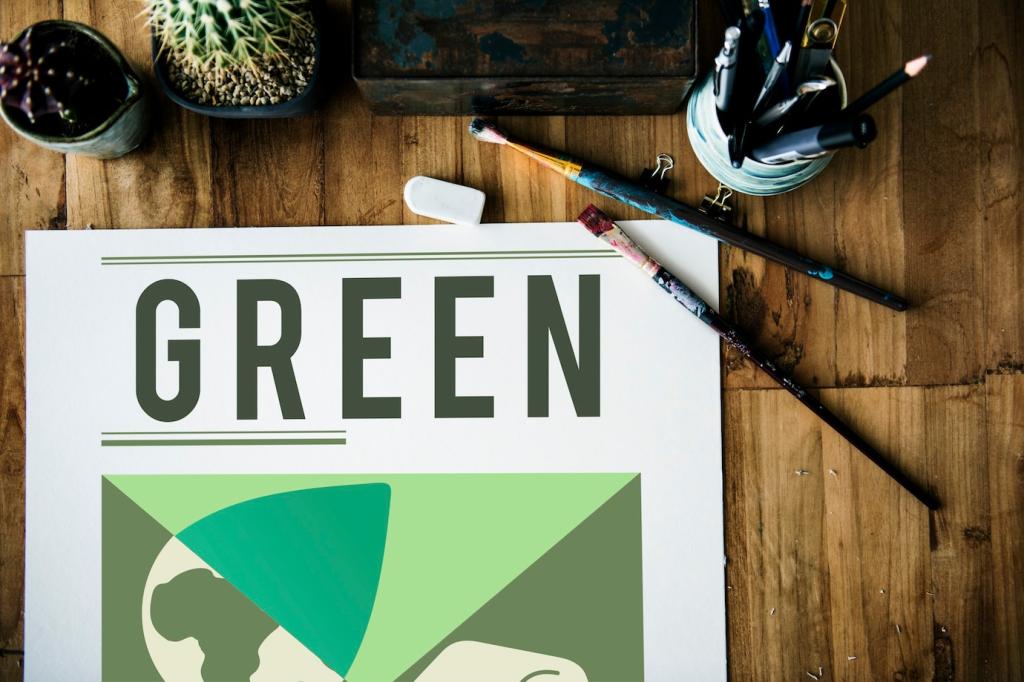This website uses cookies so that we can provide you with the best user experience possible. Cookie information is stored in your browser and performs functions such as recognising you when you return to our website and helping our team to understand which sections of the website you find most interesting and useful.
Green Roof Technology
Green roof technology represents an innovative and sustainable approach to urban architecture, transforming traditional rooftops into vibrant, living ecosystems. By incorporating layers of vegetation, engineered soil substrates, and advanced drainage systems, green roofs not only offer aesthetic improvements but also present practical environmental and economic benefits. From mitigating urban heat to improving energy efficiency, these living roofs help cities adapt to environmental challenges while supporting biodiversity. As the interest in sustainable building solutions grows worldwide, understanding the design, implementation, and advantages of green roof systems becomes increasingly important for architects, urban planners, building owners, and environmentally conscious citizens alike.
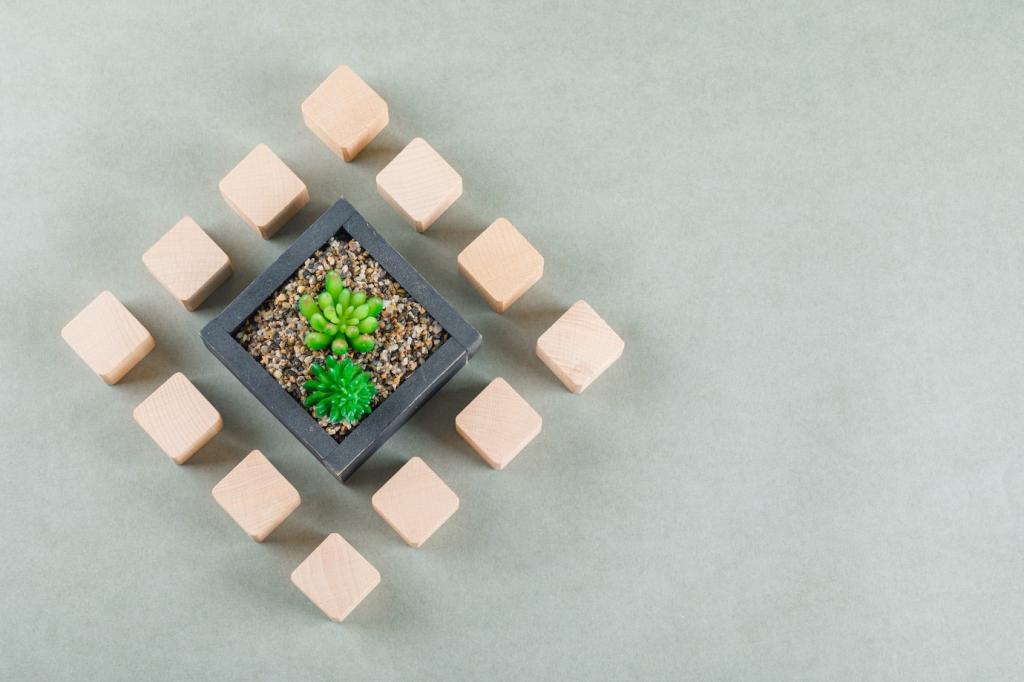
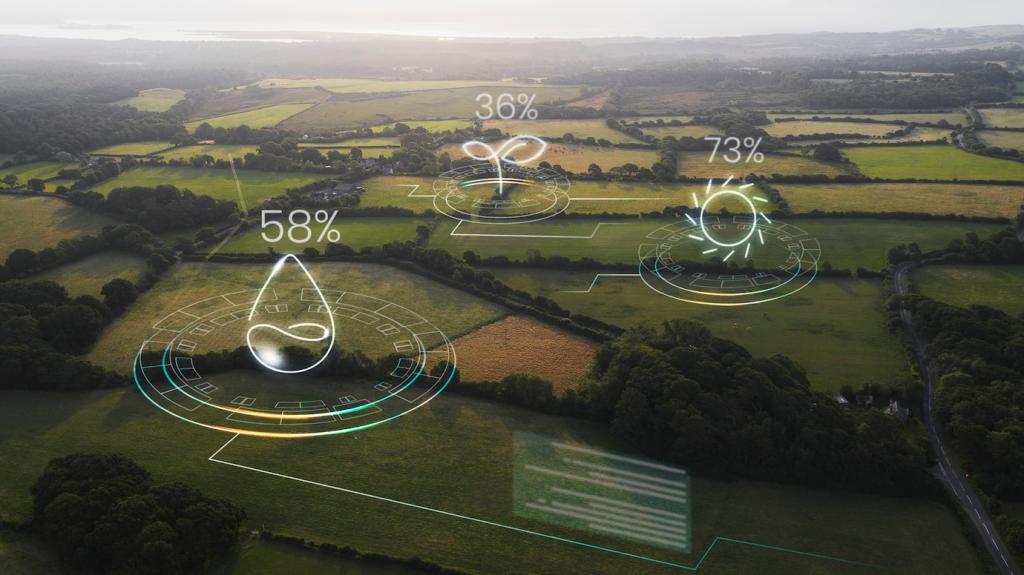
The Concept of Green Roofs
Environmental Benefits
Urban Heat Island Effect Reduction
Improved Biodiversity
Enhanced Air Quality
Energy Efficiency and Climate Control
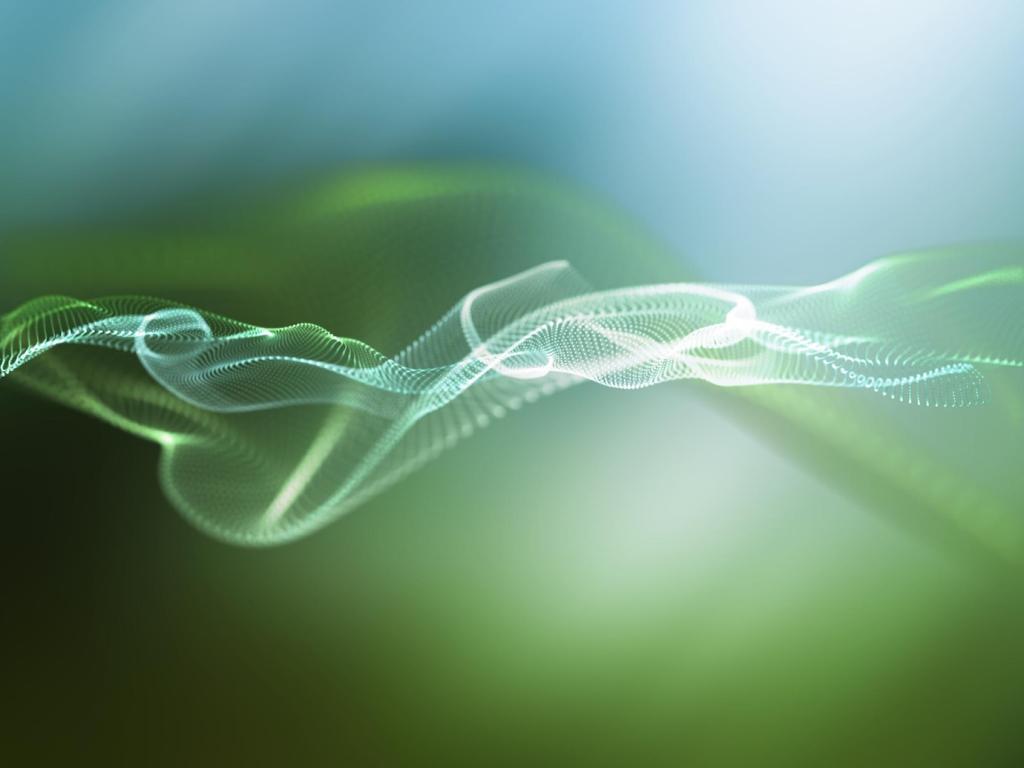
Structural Design Considerations
Load-Bearing Requirements
Layered System Components
Waterproofing and Root Protection
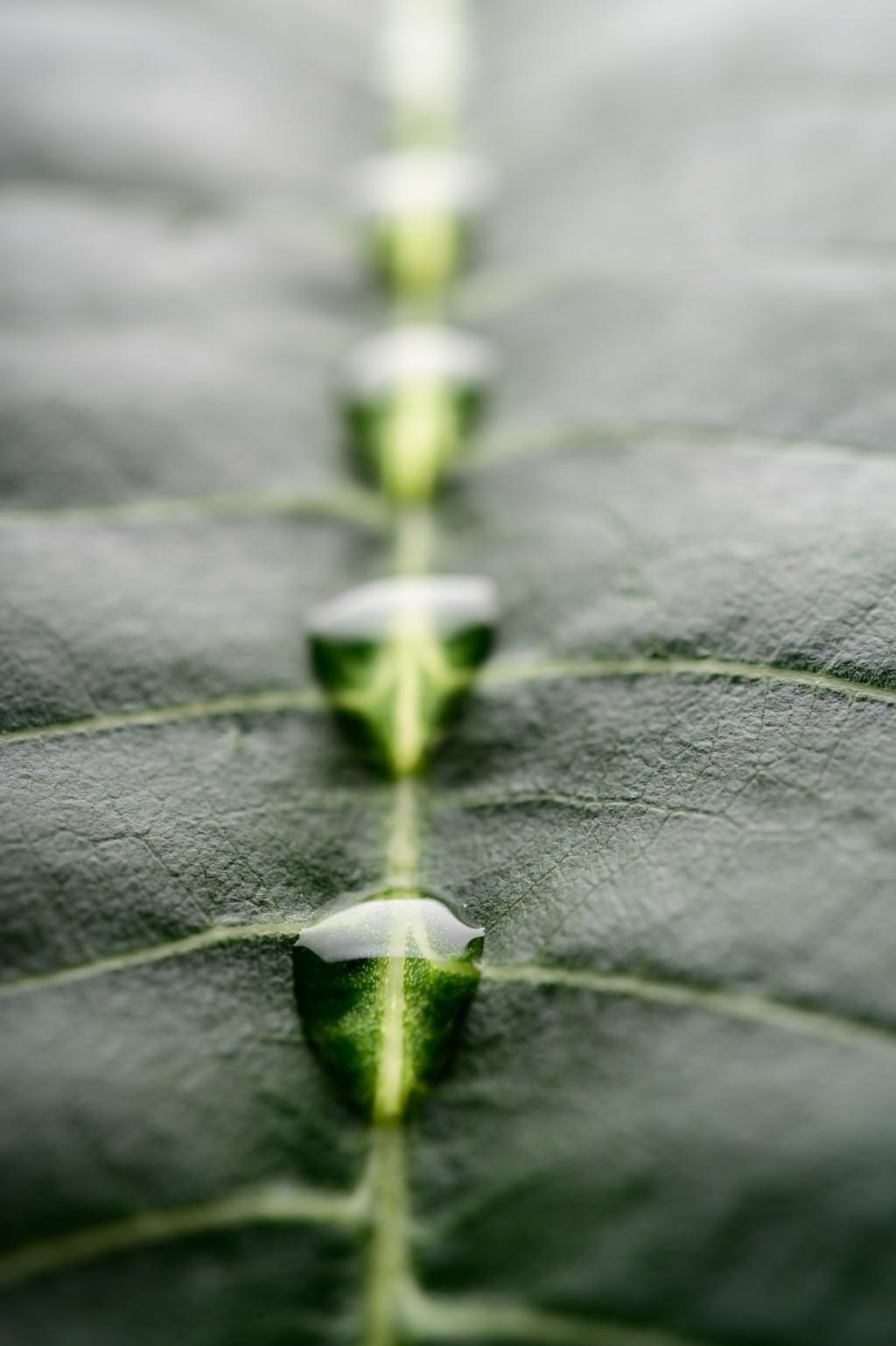
Aesthetic Enhancement
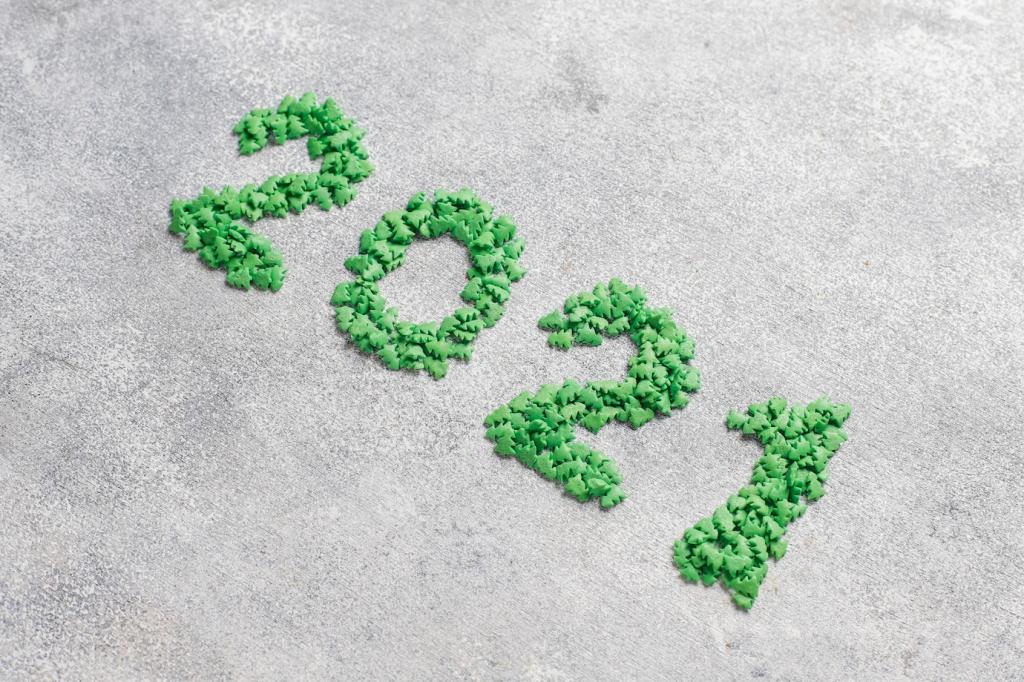
Social and Recreational Spaces
